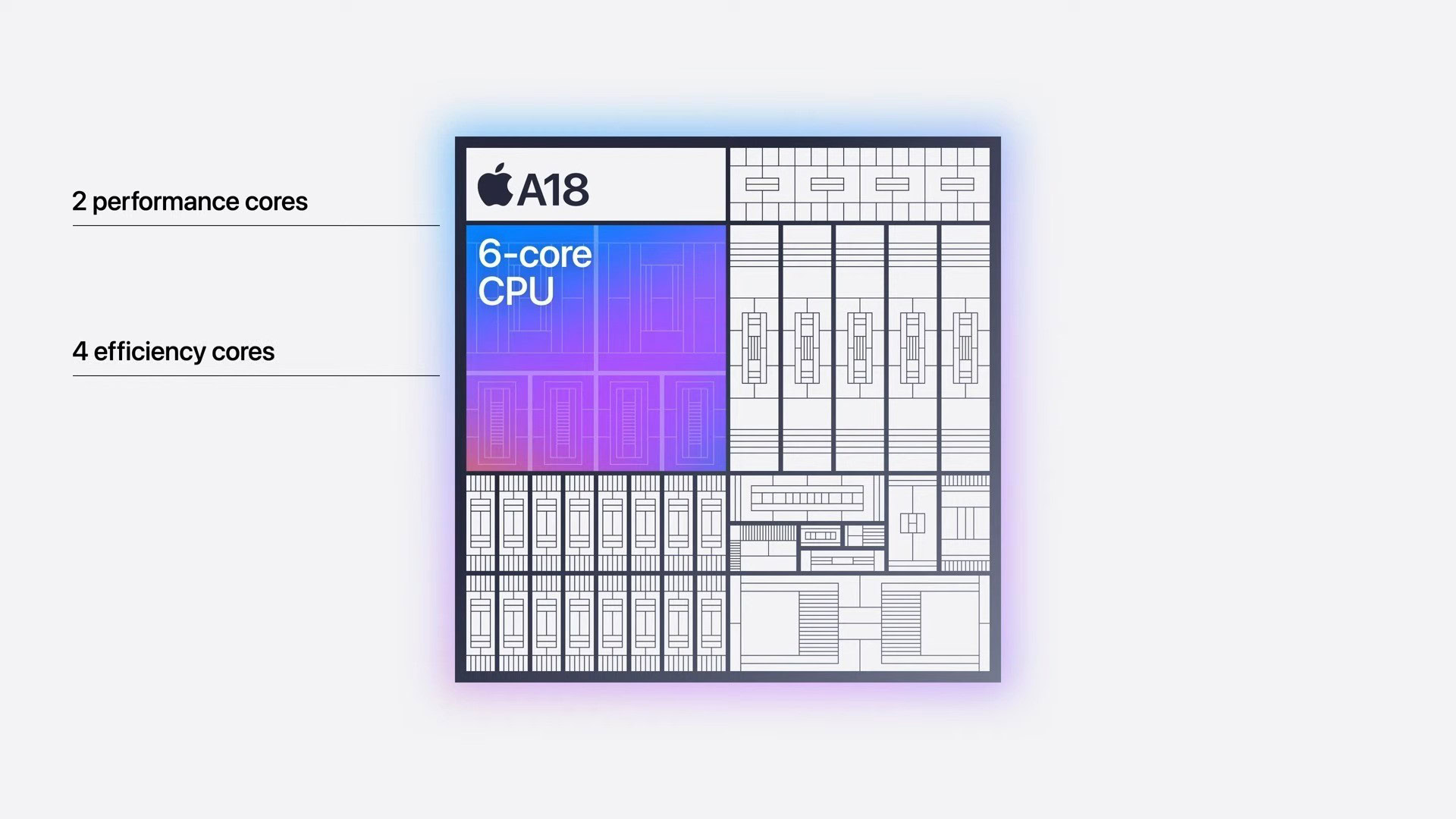Affiliate links on Android Authority may earn us a commission. Learn more.
iPhone 16 series is here: Specs, price, colors, everything else!
Published onMarch 12, 2025
The iPhone is one of the most influential smartphone lineups in the past two decades. Love it or hate it, the iPhone sets the standard against which top Android flagships are judged, even though the iPhone itself is not the bleeding edge of smartphone technology. The new iPhone 16 series comprises the iPhone 16, iPhone 16 Plus, iPhone 16 Pro, and the iPhone 16 Pro Max, all of which are more of the same from Apple. Even though all four phones feature mostly incremental upgrades over the iPhone 15 series, they add up to a polished experience that just works for a lot of people. Let’s jump right in and discuss everything we need to know about the iPhone 16 series!
Apple iPhone 16 series: Release date, price, and availability
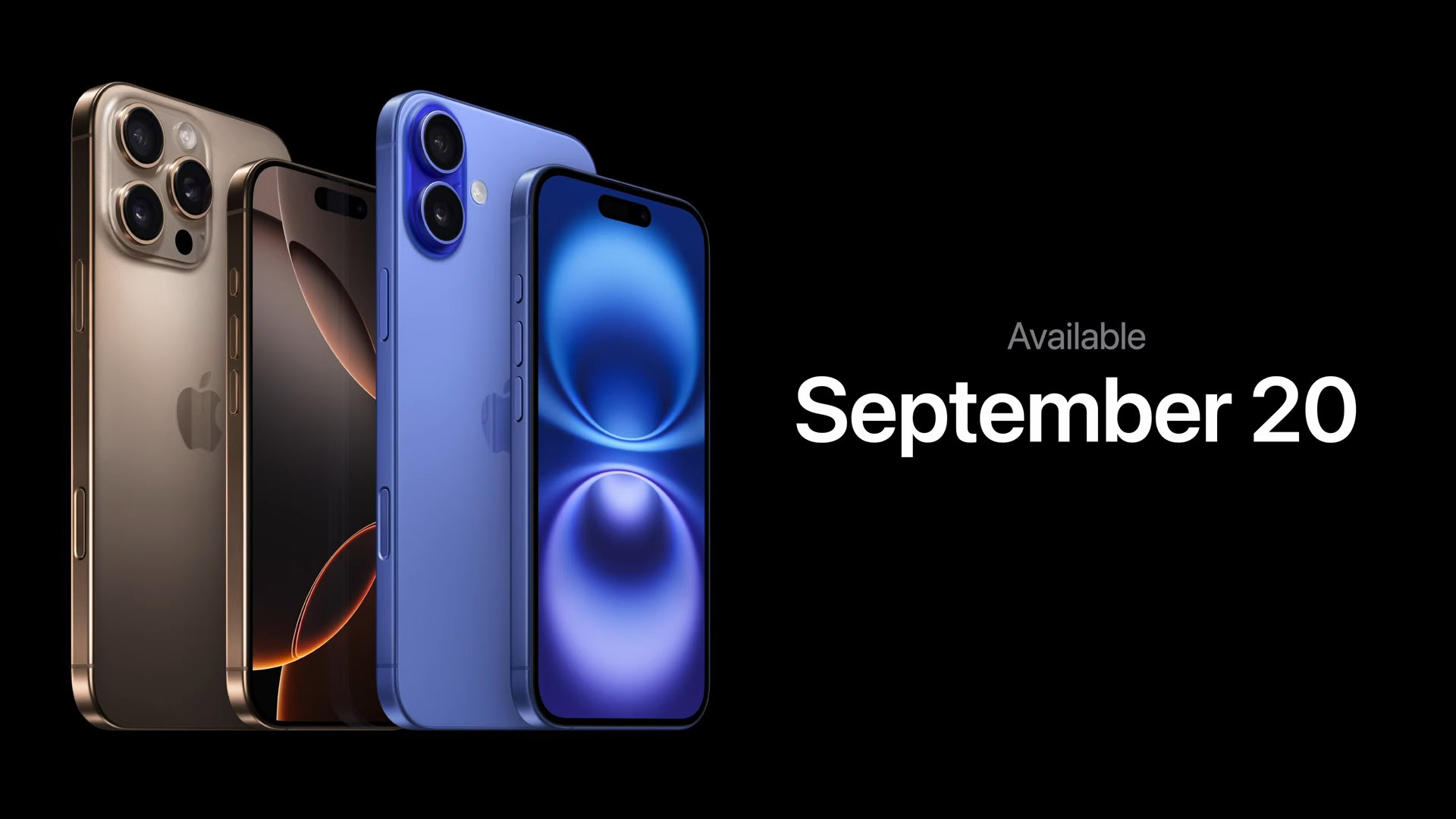
- iPhone 16 (128GB): $829
- iPhone 16 (256GB): $929
- iPhone 16 (512GB): $1,129
- iPhone 16 Plus (128GB): $929
- iPhone 16 Plus (256GB): $1,029
- iPhone 16 Plus (512GB): $1,229
- iPhone 16 Pro (128GB): $999
- iPhone 16 Pro (256GB): $1,099
- iPhone 16 Pro (512GB): $1,299
- iPhone 16 Pro (1TB): $1,499
- iPhone 16 Pro Max (128GB): –
- iPhone 16 Pro Max (256GB): $1,199
- iPhone 16 Pro Max (512GB): $1,399
- iPhone 16 Pro Max (1TB): $1,599
Apple says the iPhone 16 starts at $799, but that is slightly misleading as that only pertains to the carrier variants. The unlocked version of the iPhone 16 starts at $829, and the iPhone 16 Plus starts at $929. Apple offers a $30 discount for the carrier variants to bring down the price to $799 and $899, respectively.
On the other hand, the iPhone 16 Pro starts at $999 for its 128GB variant, and the iPhone 16 Pro starts at $1,199 for its 256GB variant. Apple does not offer the Pro Max variant in a lower 128GB variant. Apple also does not provide a $30 discount on the carrier variants, so the pricing is advertised fairly for the Pro series.
The entire iPhone 16 series went on preorder on September 13, 2024. Open sales and deliveries began on September 20, 2024.
The iPhone 16 series can be found in all the usual global markets where Apple has a retail presence, including Australia, Canada, China, France, Germany, India, Japan, Malaysia, Mexico, South Korea, Turkey, the UAE, the UK, and the US. These are Apple’s first-wave countries, and later, the iPhone 16 series will be available in even more countries, like Macao, Vietnam, and more.
All iPhone 16 series devices sold in the US are eSIM-only. If you want an iPhone 16 with a physical SIM slot, you will have to purchase it from a different country, keeping in mind band compatibility.
iPhone 16 and iPhone 16 Pro: Colors
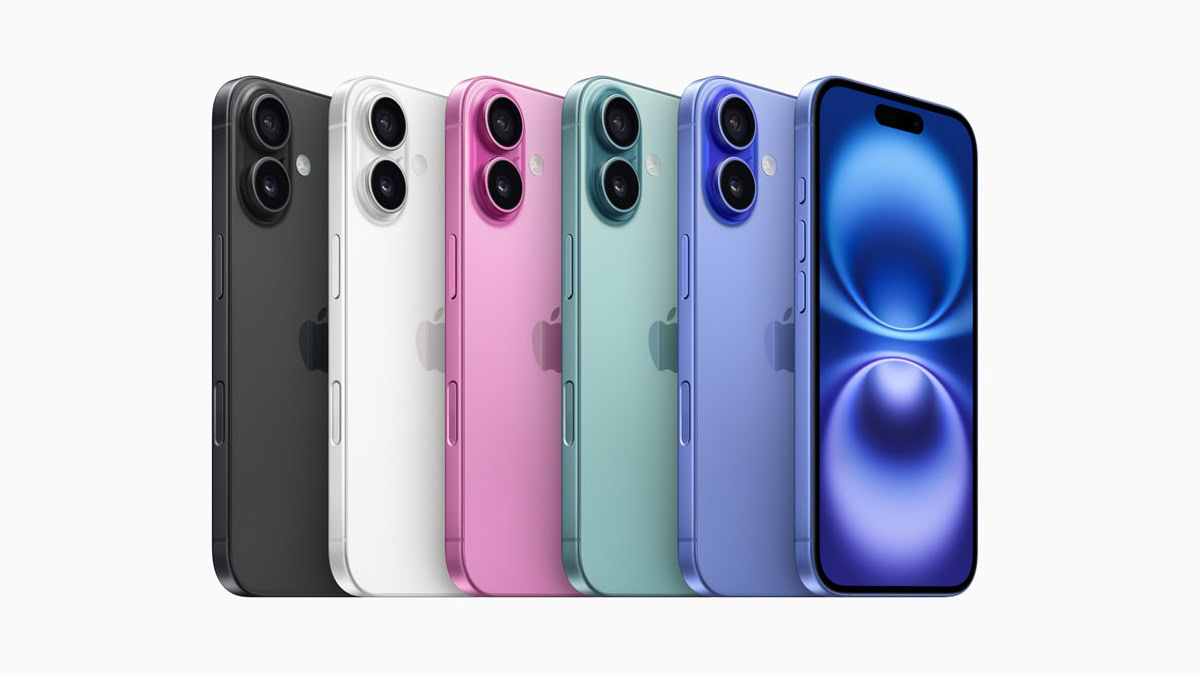
The iPhone 16 and iPhone 16 Plus come in five different colors: black, white, pink, teal, and ultramarine. Apple has opted for more saturated and bold colors this time instead of the muted pastel shades we saw on the iPhone 15.
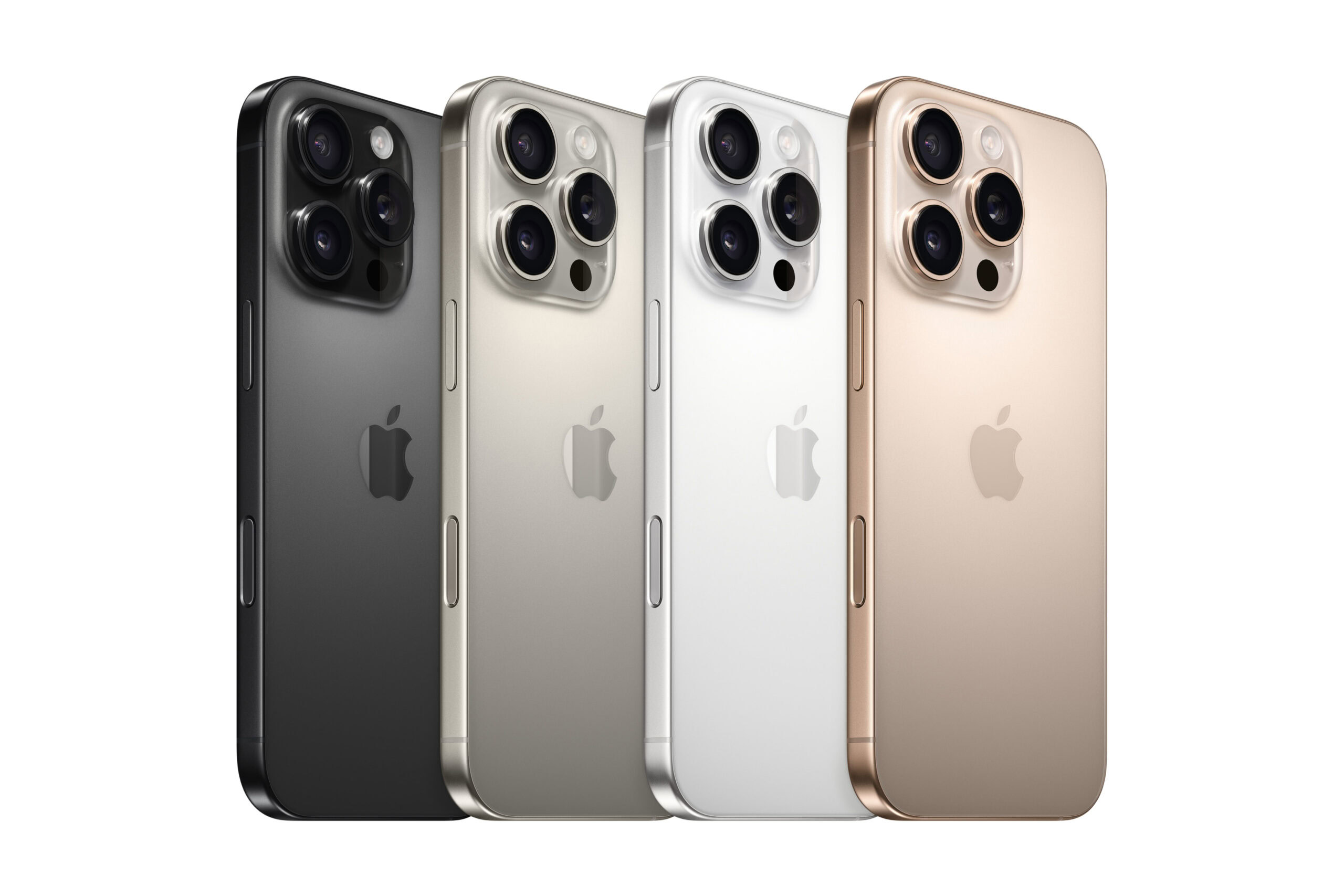
The iPhone 16 Pro and iPhone 16 Pro Max come in four colors: Black Titanium, Natural Titanium, White Titanium, and Desert Titanium. Apple has played it safe here. The white is lighter, the black is darker, and the Blue Titanium has been replaced by the Desert Titanium color that looks somewhere between bronze, brown, and pink.
Apple iPhone 16 series: Hot or not
iPhone 16 and iPhone 16 Pro: Specs
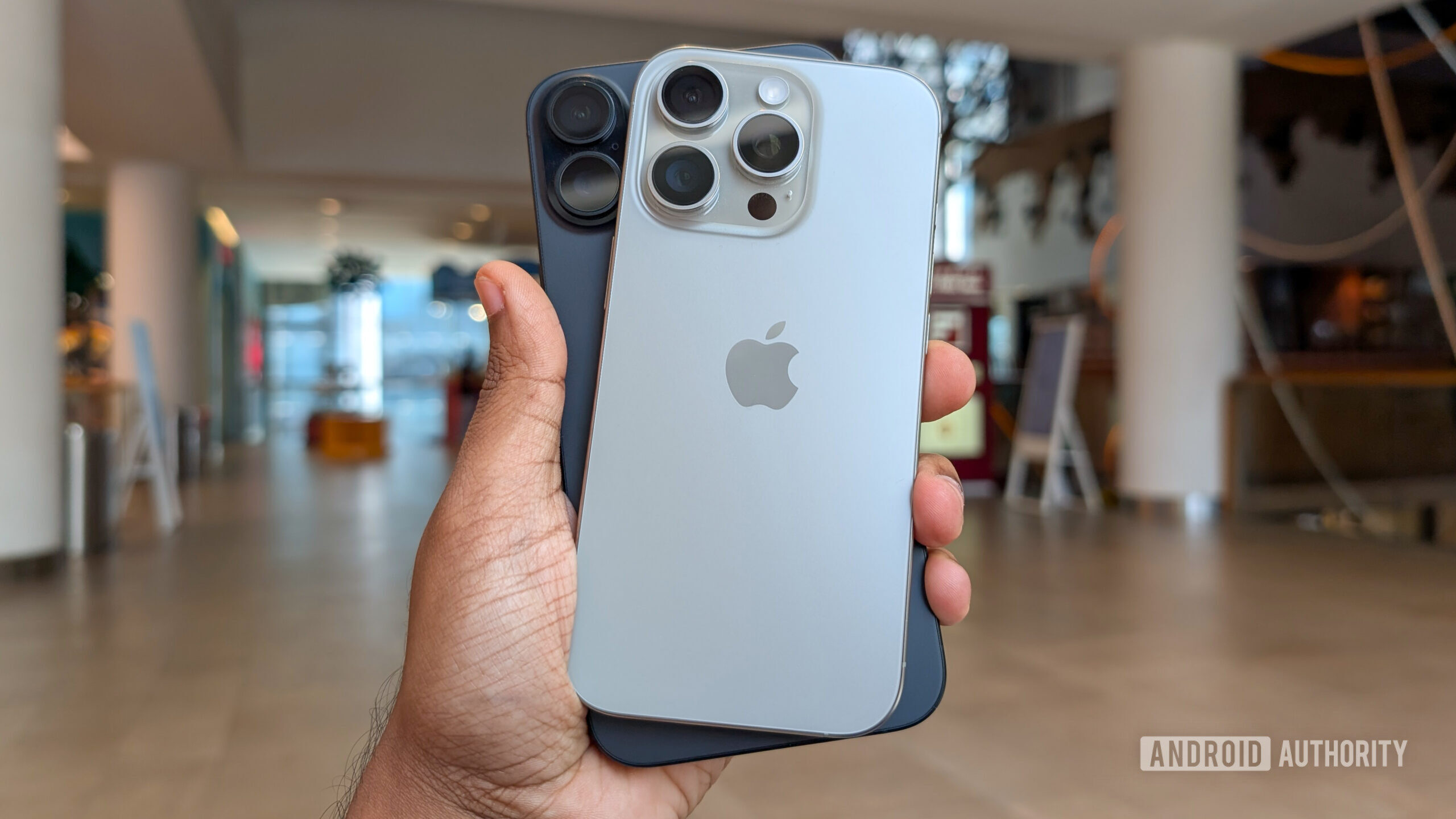
The iPhone 16 represents the base iPhone flagship experience for consumers, while the iPhone 16 Pro lineup expands the experience to more skilled use cases. Apple doesn’t provide a standard spec sheet, preferring to focus on some features and their marketing names and entirely ignoring others.
Here’s a full spec sheet offering every detail you need to know about the iPhone 16 series:
| iPhone 16 and iPhone 16 Plus | iPhone 16 Pro and iPhone 16 Pro Max | |
|---|---|---|
Display | iPhone 16 and iPhone 16 Plus iPhone 16: 6.1-inch 2,556 x 1,179 pixel iPhone 16 Plus: 6.7-inch 2,796 x 1,290 Common: Super Retina XDR OLED display Dynamic Island 60Hz refresh rate HDR, True Tone, P3 wide color 1,000 nits max brightness, 2,000 nits peak brightness | iPhone 16 Pro and iPhone 16 Pro Max iPhone 16 Pro: 6.3-inch 2,622 x 1,206 pixel iPhone 16 Pro Max: 6.9-inch 2,868 x 1,320 Common: Super Retina XDR OLED display Dynamic Island Always-On display ProMotion with 120Hz refresh rate HDR, True Tone, P3 wide color 1,000 nits max brightness, 2,000 nits peak brightness |
Processor | iPhone 16 and iPhone 16 Plus Apple A18 | iPhone 16 Pro and iPhone 16 Pro Max Apple A18 Pro |
RAM | iPhone 16 and iPhone 16 Plus 8GB | iPhone 16 Pro and iPhone 16 Pro Max 8GB |
Storage | iPhone 16 and iPhone 16 Plus 128GB / 256GB / 512GB | iPhone 16 Pro and iPhone 16 Pro Max iPhone 16 Pro: 128GB / 256GB / 512GB / 1TB iPhone 16 Pro Max: 256GB / 512GB / 1TB |
Battery | iPhone 16 and iPhone 16 Plus iPhone 16: 3,561mAh (as per regulatory listing) Up to 22 hours video playback iPhone 16 Plus: 4,674mAh (as per regulatory listing) Up to 27 hours video playback | iPhone 16 Pro and iPhone 16 Pro Max iPhone 16 Pro: 3,582mAh (as per regulatory listing) Up to 27 hours video playback iPhone 16 Pro Max: 4,685mAh (as per regulatory listing) Up to 33 hours video playback |
Power | iPhone 16 and iPhone 16 Plus USB-C wired charging (undisclosed speed; 45W as per regulatory listing) MagSafe wireless charging up to 25W Qi2 wireless charging up to 15W Qi wireless charging up to 7.5W | iPhone 16 Pro and iPhone 16 Pro Max USB-C wired charging (undisclosed speed; 45W as per regulatory listing) MagSafe wireless charging up to 25W Qi2 wireless charging up to 15W Qi wireless charging up to 7.5W |
Cameras | iPhone 16 and iPhone 16 Plus Rear: - 48MP wide camera, f/1.6, sensor shift OIS - 12MP ultrawide camera, AF, f/2.2, 120-degree FoV Front: 12MP, f/1.9, AF | iPhone 16 Pro and iPhone 16 Pro Max Rear: - 48MP wide camera, f/1.78, second-gen sensor shift OIS - 48MP ultrawide camera, AF, f/2.2, 120-degree FoV - 12MP tetraprism (periscope) zoom, f/2.8, 5x optical zoom Front: 12MP, f/1.9, AF |
Video | iPhone 16 and iPhone 16 Plus Rear: 4K Dolby Vision (24/25/30/60 FPS) 1080p Dolby Vision (25/30/60 FPS) Front: 4K Dolby Vision (24/25/30/60 FPS) | iPhone 16 Pro and iPhone 16 Pro Max Rear: 4K Dolby Vision (24/25/30/60/100/120 FPS) 1080p Dolby Vision (25/30/60/120 FPS) Front: 4K Dolby Vision (24/25/30/60 FPS) |
Connectivity | iPhone 16 and iPhone 16 Plus 5G (mmWave + Sub6) Wi‑Fi 7 (802.11be) Bluetooth 5.3 Second-gen Ultra Wideband chip Thread support USB 2 (up to 480Mbps) | iPhone 16 Pro and iPhone 16 Pro Max 5G (mmWave + Sub6) Wi‑Fi 7 (802.11be) Bluetooth 5.3 Second-gen Ultra Wideband chip Thread support USB 3 (up to 10Gbps) |
SIM | iPhone 16 and iPhone 16 Plus eSIM only (US) | iPhone 16 Pro and iPhone 16 Pro Max eSIM only (US) |
Security | iPhone 16 and iPhone 16 Plus Face ID | iPhone 16 Pro and iPhone 16 Pro Max Face ID |
Durability | iPhone 16 and iPhone 16 Plus IP68 (maximum depth of 6m up to 30 mins) Ceramic Shield Gen 2 on front Aluminum build | iPhone 16 Pro and iPhone 16 Pro Max IP68 (maximum depth of 6m up to 30 mins) Ceramic Shield Gen 2 on front Titanium build |
Software | iPhone 16 and iPhone 16 Plus iOS 18 | iPhone 16 Pro and iPhone 16 Pro Max iOS 18 |
Dimensions and Weight | iPhone 16 and iPhone 16 Plus iPhone 16: 147.6 x 71.6 x 7.8mm 170g iPhone 16 Plus: 160.9 x 77.8 x 7.8mm 199g | iPhone 16 Pro and iPhone 16 Pro Max iPhone 16 Pro: 149.6 x 71.5 x 8.25mm 199g iPhone 16 Pro Max: 163 x 77.6 x 8.25mm 227g |
Colors | iPhone 16 and iPhone 16 Plus Black, White, Pink, Teal, Ultramarine | iPhone 16 Pro and iPhone 16 Pro Max Black Titanium, Natural Titanium, White Titanium, Desert Titanium |
Extras | iPhone 16 and iPhone 16 Plus Emergency SOS via satellite Camera Control Action button MagSafe | iPhone 16 Pro and iPhone 16 Pro Max Emergency SOS via satellite Camera Control Action button MagSafe |
iPhone 16 and iPhone 16 Pro: Features
The iPhone 16 and iPhone 16 Pro feature several smaller upgrades throughout the phones. Apple is also banking very hard on Apple Intelligence features, but many of these aren’t available even now on iOS 18, so it’s difficult to consider them as primary selling points for the new phones.
Before we move forward, here’s an important point for you to note: the iPhone 16 and iPhone 16 Plus are nearly identical, except for their size, display size, and battery size. Similarly, the iPhone 16 Pro and the iPhone 16 Pro Max are nearly identical, except for their size, display size, and battery size. There are no other fundamental differences between the two size tiers, though there are plenty of differences between the standard lineup (iPhone 16 and 16 Plus) vs the Pro lineup (iPhone 16 Pro and 16 Pro Max).
Camera
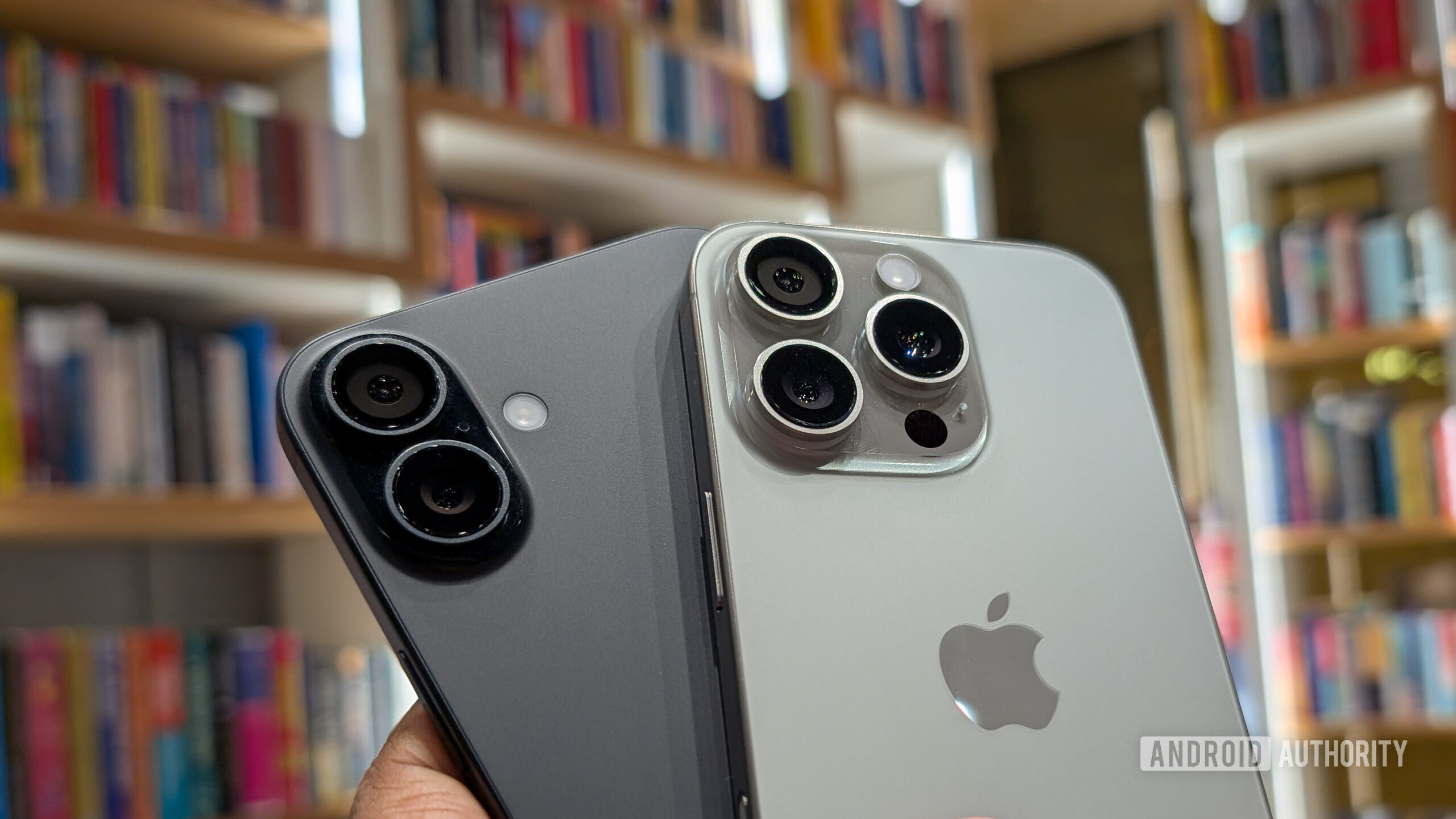
If you are looking for exciting new camera upgrades, there are barely any on the iPhone 16 series.
Starting with the iPhone 16 and 16 Plus, the primary camera is a 48MP shooter with f/1.6 aperture and sensor-shift OIS. Apple uses pixel binning to output 12MP photos, but you can also get 24MP and 48MP outputs. Apple is also using the primary 48MP camera sensor’s middle area to output 2x zoom shots at 12MP.
Moving on, the ultrawide angle camera is a 12MP, f/2.2 shooter with autofocus, which gives it macro photography powers. Thanks to the vertical camera alignment, the iPhone 16 can also shoot spatial photos and videos for use on the Apple Vision Pro. On the front of the phones, we get a 12MP, f/1.9 sensor with autofocus alongside the sensors needed for Face ID.
Apple is not playing favorites this year when it comes to the iPhone 16 Pro and iPhone 16 Pro Max, as both phones have identical camera setups. The primary camera is a 48MP, f/1.78 sensor with second-generation sensor-shift OIS. Regular images are pixel-binned to 12MP, though you can choose to get 24MP and 48MP shots, too. You can also get 2x zoom shots at 12MP by cropping into 48MP shots.
Ultrawide camera duties are handled by a 48MP, f/2.2 sensor with autofocus and macro photography capabilities. The iPhone 16 Pro catches up to the Pro Max as now both the phones have the same 12MP tetraprism (aka periscope zoom) camera for 5x optical zoom. As a plus, the iPhone 16 Pro and Pro Max can now shoot 4K Dolby Vision at up to 120fps. On the front, you get a humbler 12MP, f/1.9 sensor with autofocus alongside the sensors needed for Face ID.
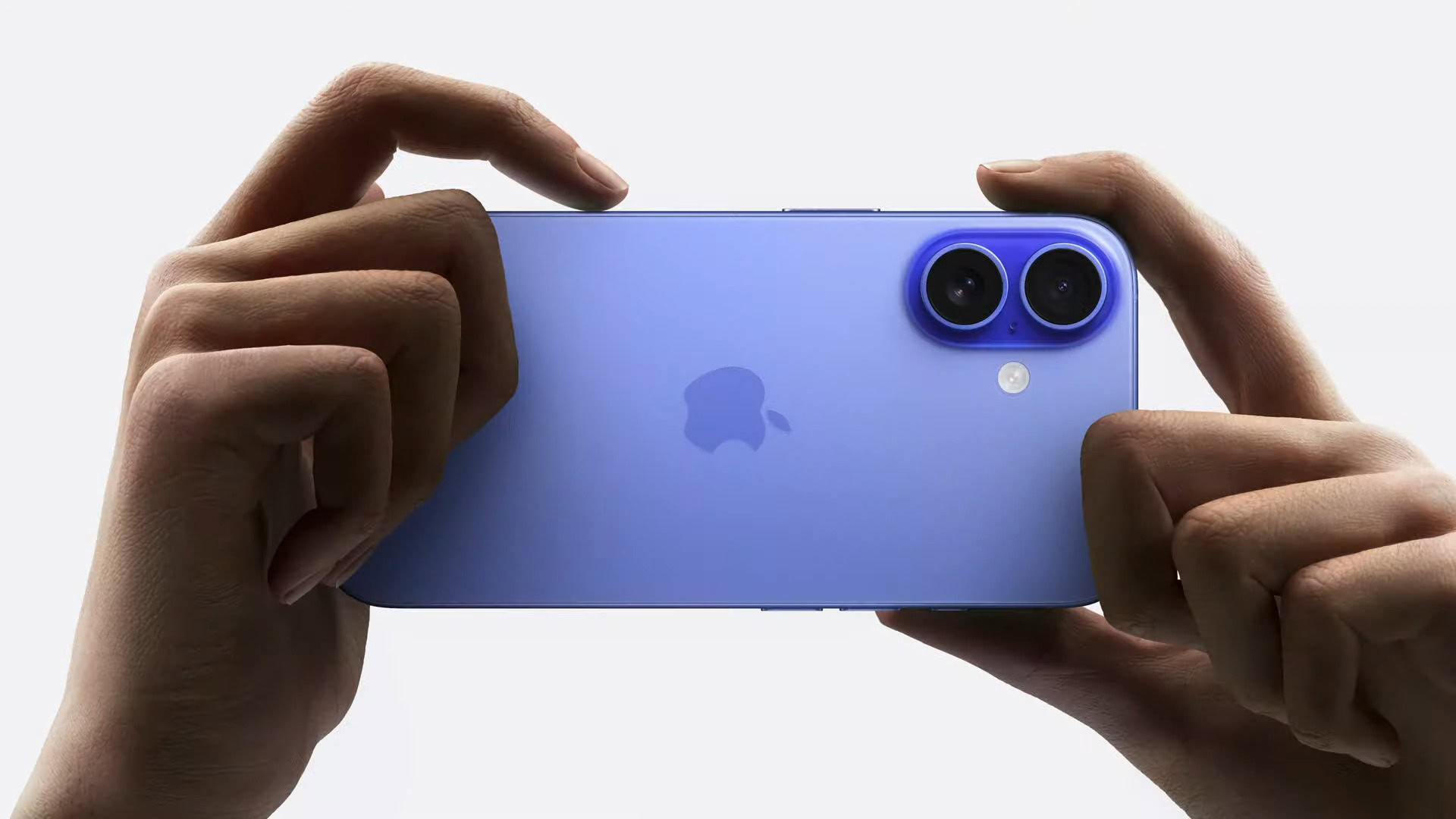
While the camera hardware is not seeing any major upgrades, one of the biggest talking points on the iPhone 16 series is the new Camera Control button, which is a dedicated button for controlling the camera. This is a capacitive button with a haptic engine underneath to provide vibration feedback to simulate presses, overlaid on top of a high-precision force sensor to enable light press gestures.
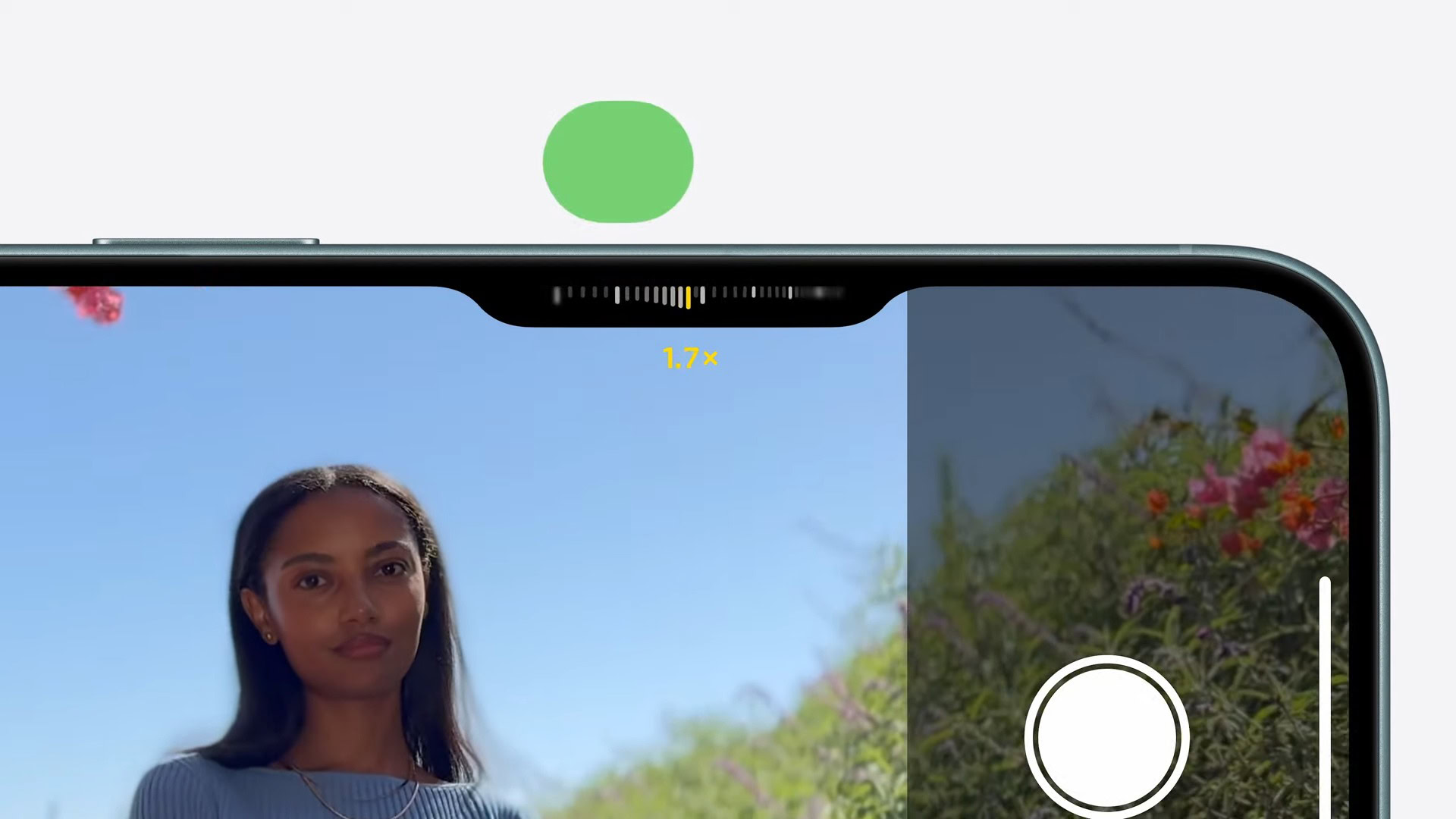
A light press of the Camera Control button starts the camera app. Pressing within the app will take a photo, and you can press and hold to capture a video.
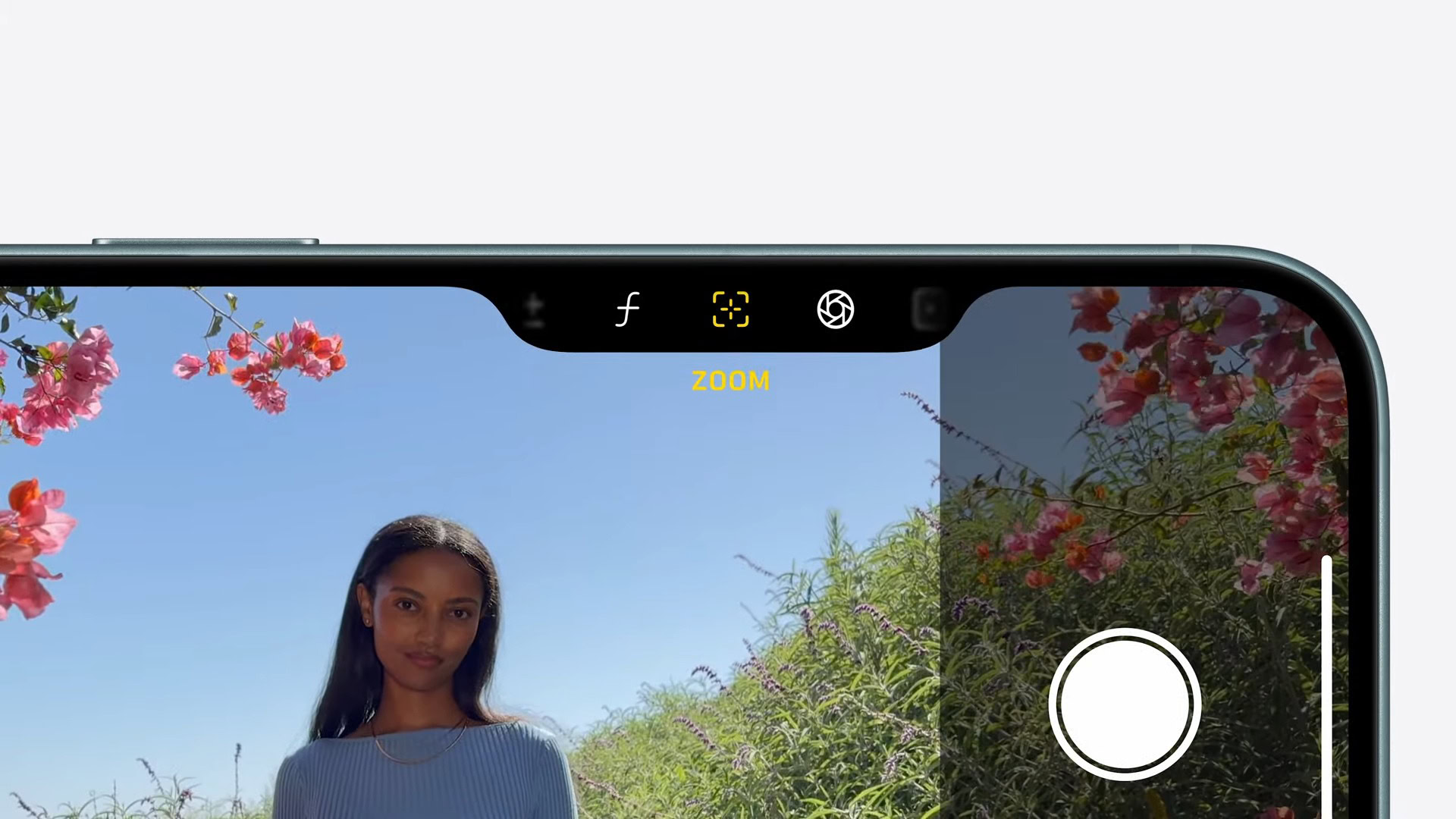
You can swipe on the button to zoom, and double-pressing opens up additional controls like lens selection, exposure, and photo styles. In a later software update, Apple has promised to add a two-stage shutter function that will allow you to lock focus and exposure with a half-press and click the photo with a full press. Developers will also be able to support some of these features in third-party apps.
Performance
Apple has given the iPhone 16 and 16 Plus a decent upgrade with the jump to the Apple A18 chip, which is faster than the A16 Bionic chip on the iPhone 15. This new 3nm SoC is said to bring up to 30% faster performance and up to 35% lower power consumption compared to the previous comparable iPhone.
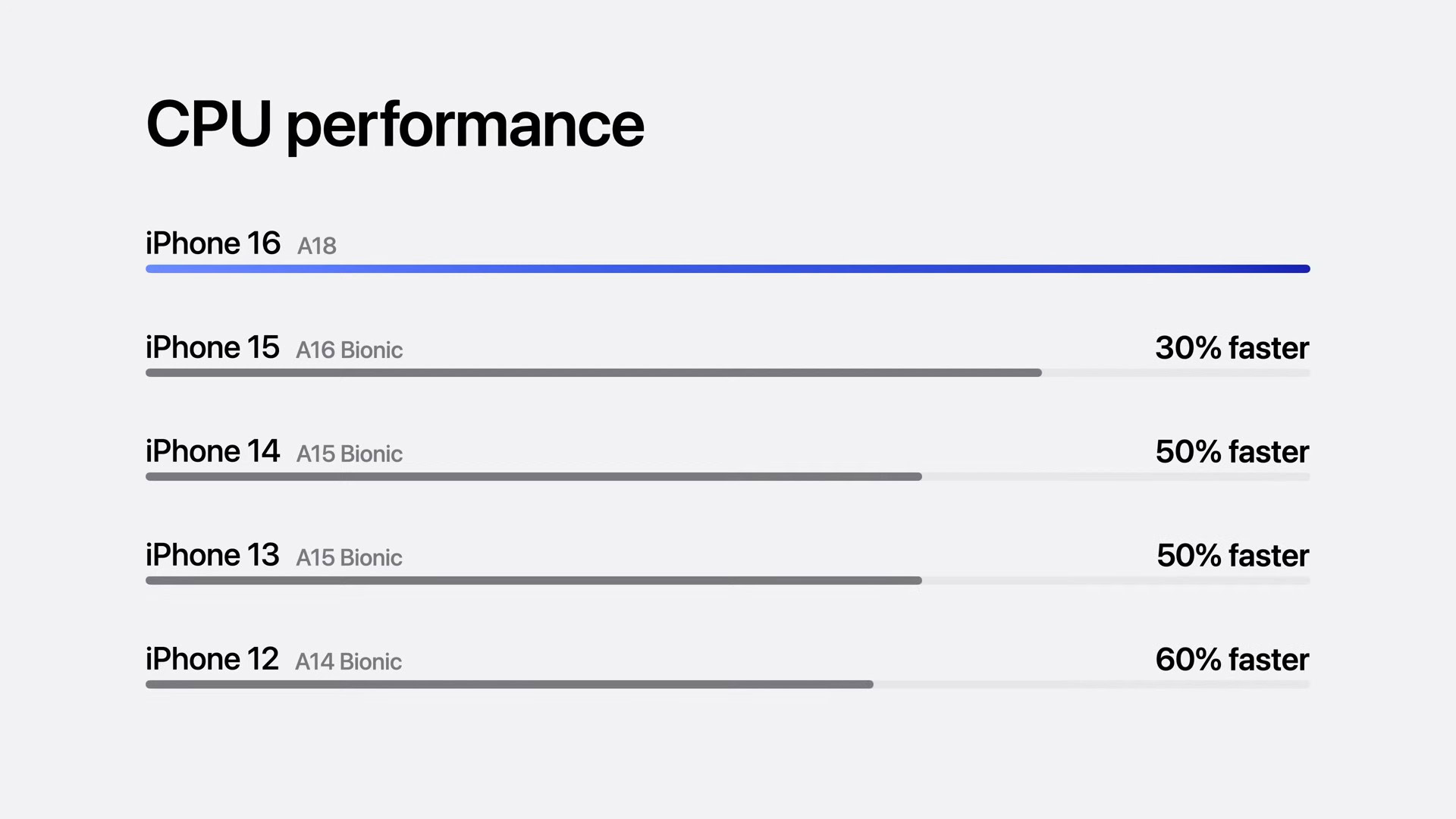
The A18 features a six-core CPU, a five-core GPU, and a 16-core Neural Engine to handle the phone’s Apple Intelligence needs.
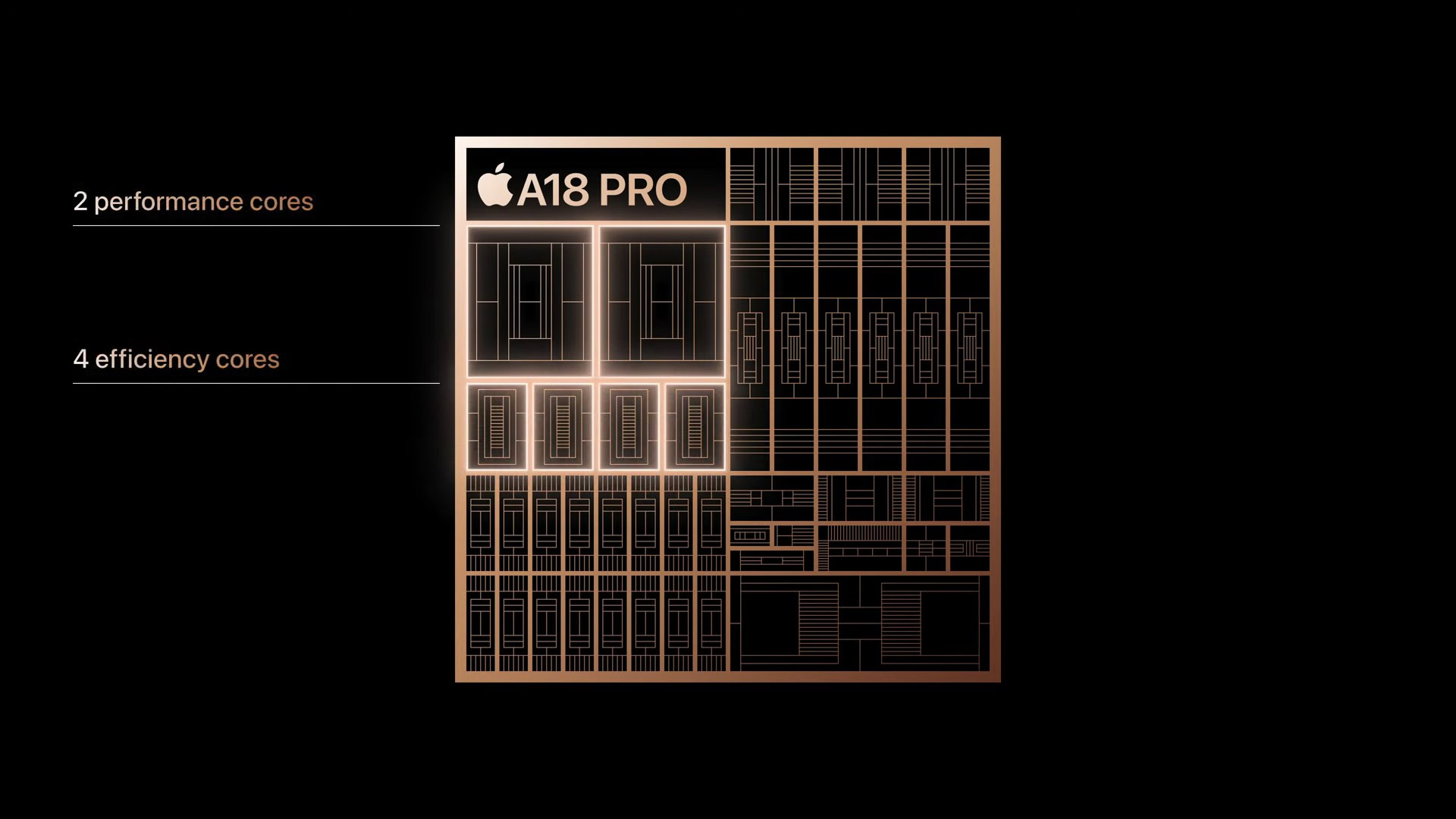
On the other hand, the iPhone 16 Pro and 16 Pro Max come with the Apple A18 Pro chip, an upgrade from the A17 Pro chip on the iPhone 15 Pro. With this new 3nm SoC, Apple claims up to 15% faster CPU processing, up to 20% faster GPU, up to three times better ray tracing performance, and up to 20% less power consumption. The A18 Pro features a six-core CPU, a six-core GPU, and a 16-core Neural Engine for Apple Intelligence and other AI processing needs.
Apple does not disclose the RAM capacity on iPhones. But we know from regulatory filings and other sources that all four phones in the iPhone 16 series come with 8GB of RAM. The iPhone 16 and 16 Plus are offered in 128GB, 256GB, and 512GB storage variants, while the iPhone 16 Pro gets an additional 1TB variant. The iPhone 16 Pro Max skips the 128GB variant and sticks with the higher 1TB variant.
Design, build quality, size, and display
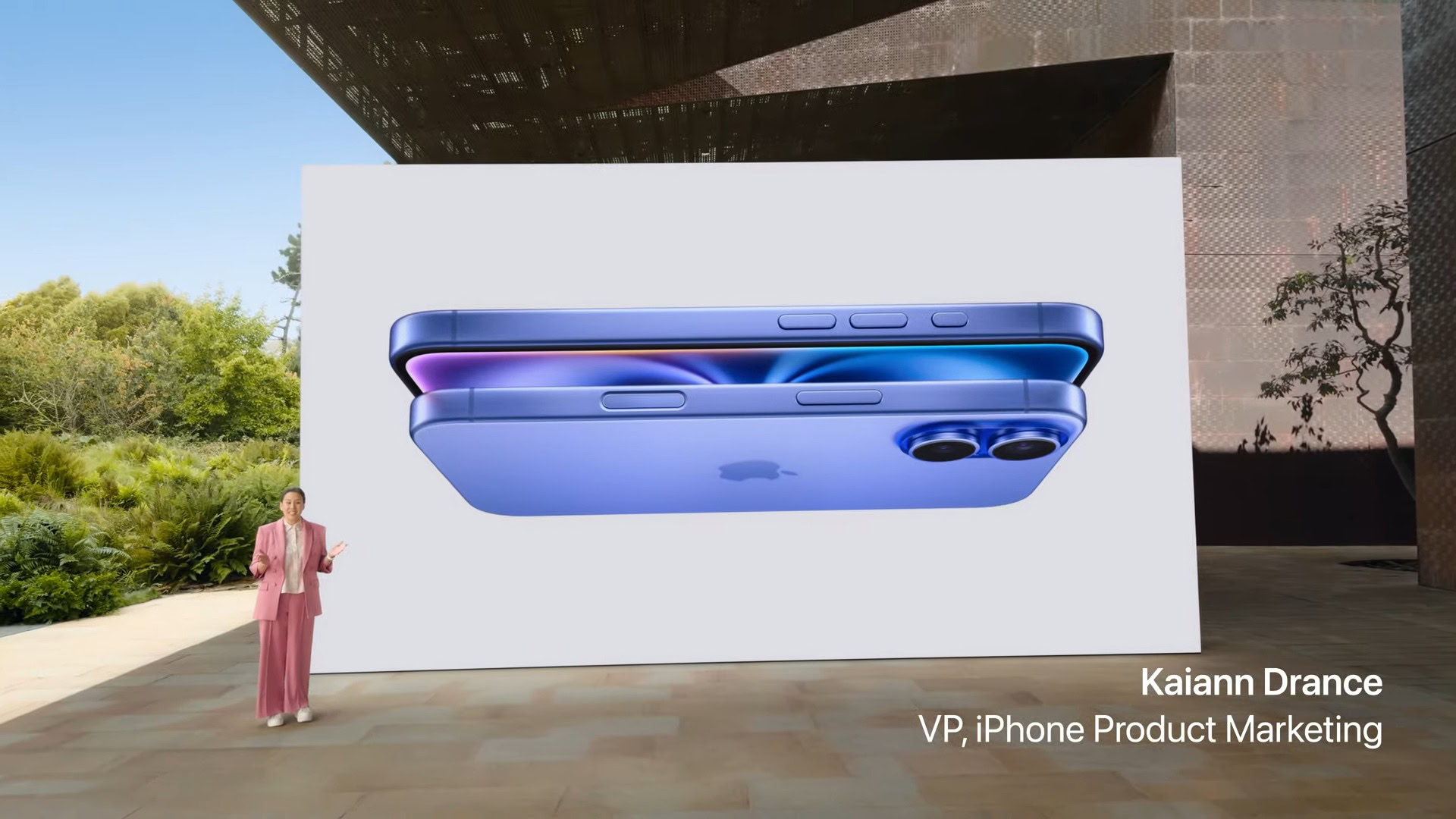
The design of the iPhone 16 series has remained largely the same for years. The iPhone 16 features a redesigned rear camera array, with the lenses placed vertically instead of diagonally, as seen on the iPhone 15. The iPhone 16 features the new Camera Control button and inherits the Action button from the Pro lineup. For their build, the iPhone 16 and 16 Plus use aluminum.
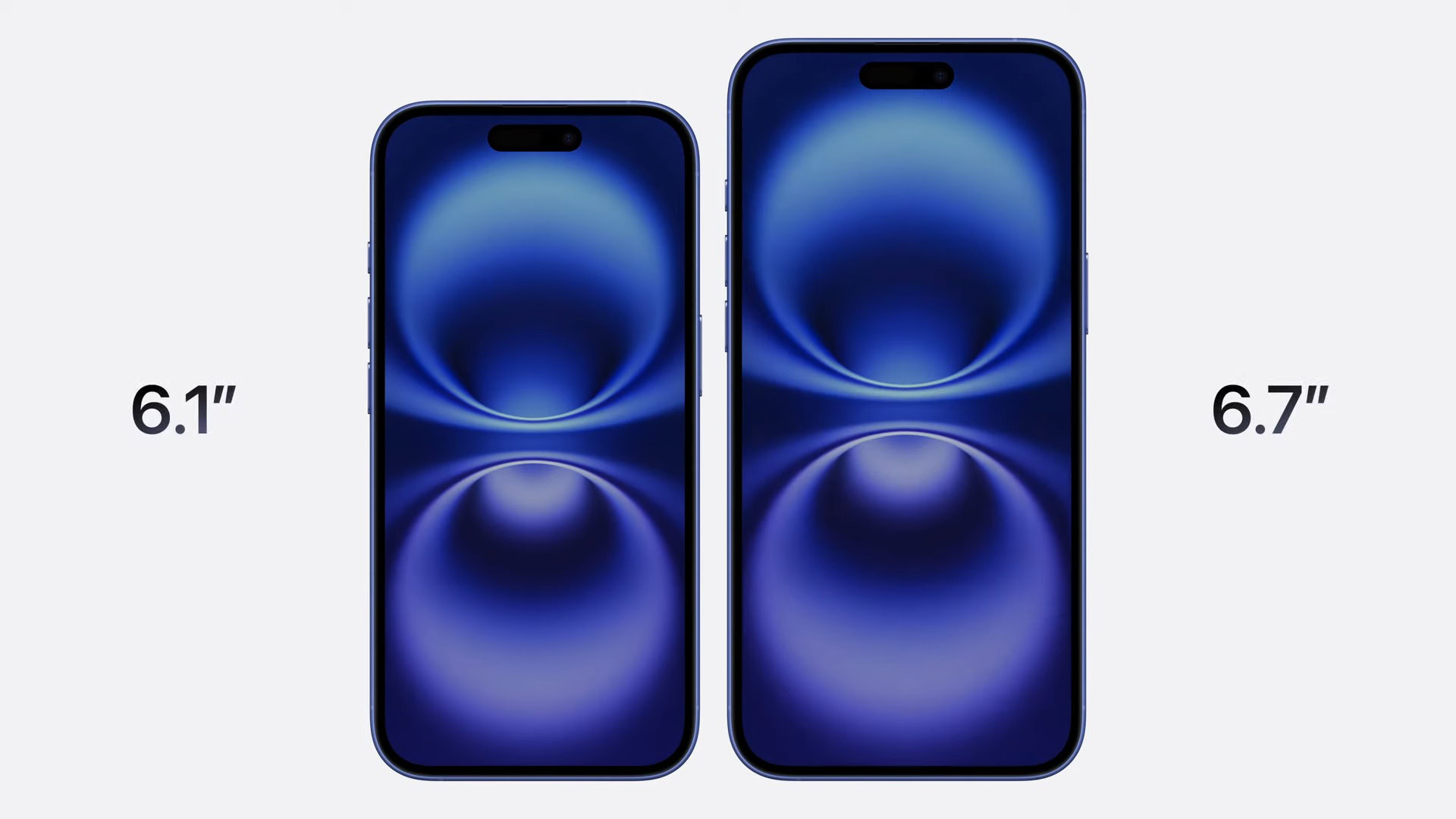
The iPhone 16 and 16 Plus are also nearly the same size as their predecessors for their size. Even the display is the same at 6.1-inch for the iPhone 16 and 6.7-inch for the Plus, and the only difference here is that the iPhone 16 can now go down as low as 1 nits in brightness, while Apple did not disclose that value for the iPhone 15. The new phones sport a Super Retina XDR OLED display with excellent colors and viewing angles, and the signature Dynamic Island. However, the iPhone 16 and 16 Plus still come with a 60Hz refresh rate, and they also miss out on an Always-On display.
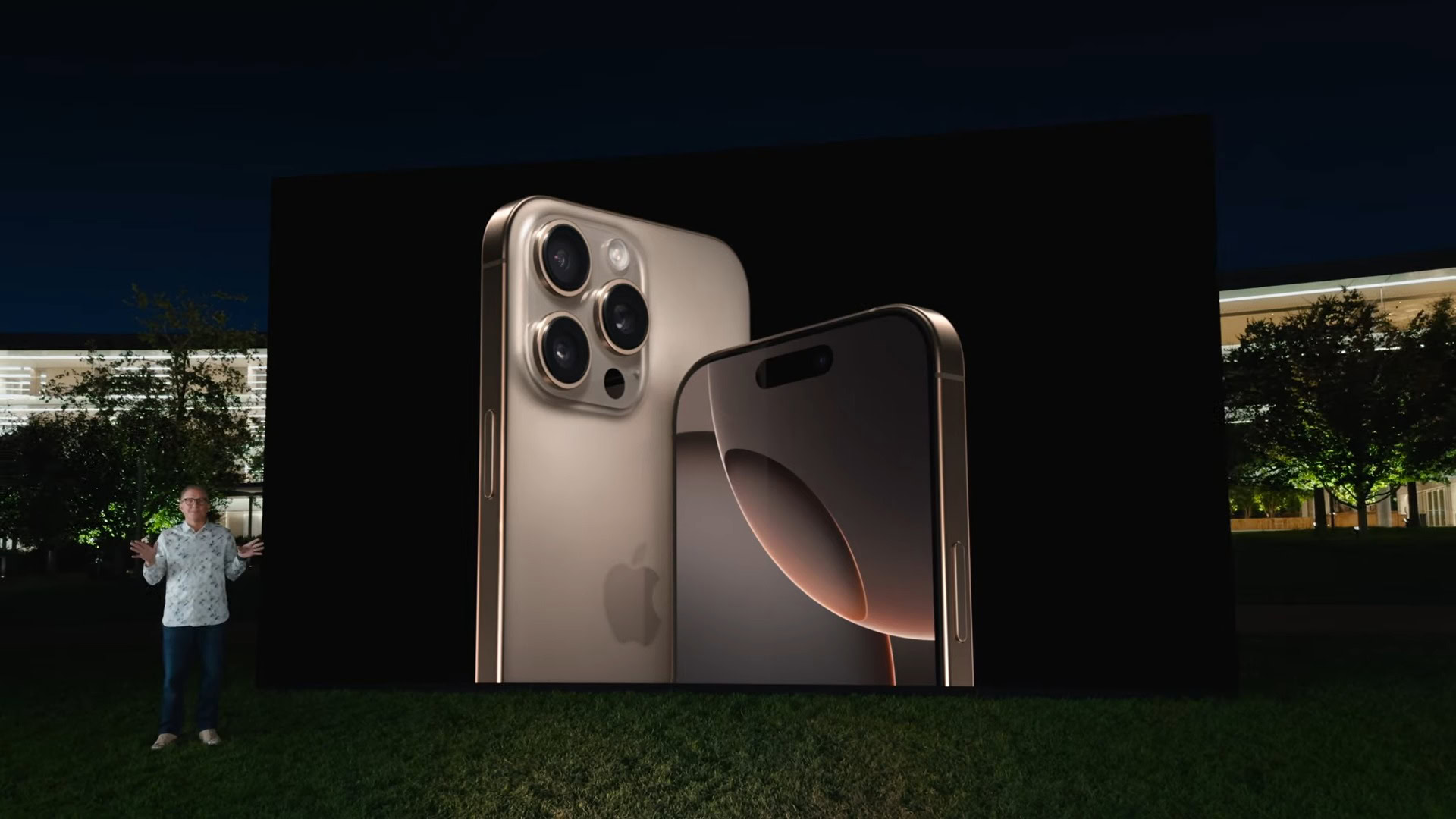
The iPhone 16 Pro and Pro Max have the same design as their predecessors. They feature an aluminum inner subframe melded to a Titanium outer midframe.
However, the iPhone 16 Pro and Pro Max are noticeably larger and heavier, as the display diagonal has slightly increased. The iPhone 16 Pro and 16 Pro Max have a display diagonal of 6.3-inch and 6.9-inch as compared to the 6.1-inch and 6.7-inch of the iPhone 15 Pro and Pro Max.
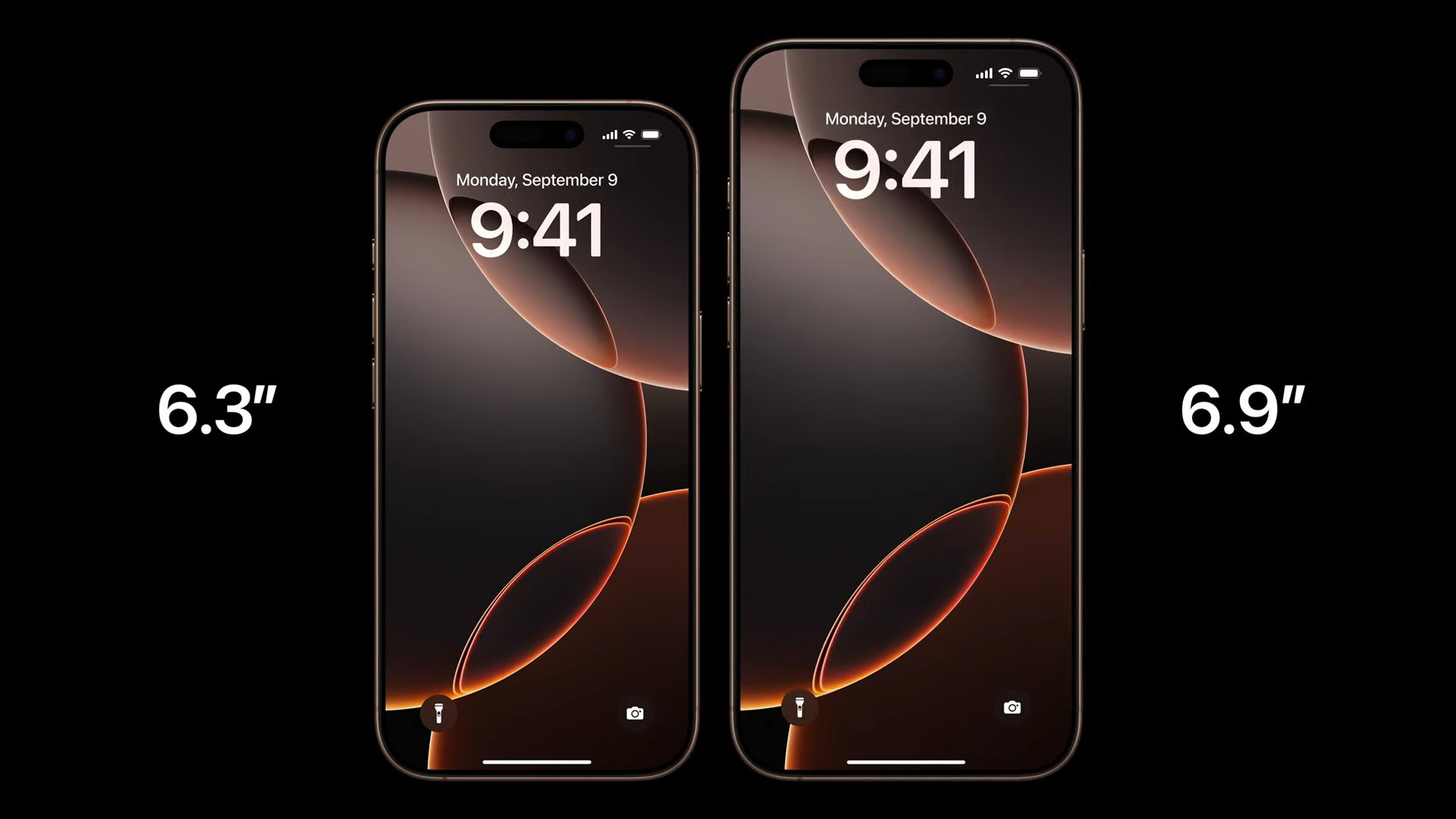
The new phones can also go down as low as 1 nits for their minimum brightness, and they also have thinner bezels on the front. These phones also sport a Super Retina XDR OLED display with excellent colors and viewing angles, and the signature Dynamic Island. Thankfully, they also come with a 120Hz refresh rate and an Always-On display. Of course, the iPhone 16 Pro also gets the new Camera Control and it retains the Action button.
Battery life and charging speed

Apple also does not disclose the battery capacity details on iPhones. However, regulatory listings showcase that the iPhone 16 lineup starts at 3,561mAh for the 16, 4,674mAh for the 16 Plus, 3,582mAh for the 16 Pro, and 4,685mAh for the 16 Pro Max. These are improvements over last year’s figures, and you can see how they compare in the table below:
| iPhone 15 series | iPhone 16 series | YoY Change | |
|---|---|---|---|
Base model | iPhone 15 series 3,349mAh | iPhone 16 series 3,561mAh | YoY Change Up 6.34% |
Plus | iPhone 15 series 4,383mAh | iPhone 16 series 4,674mAh | YoY Change Up 6.64% |
Pro | iPhone 15 series 3,274mAh | iPhone 16 series 3,582mAh | YoY Change Up 9.40% |
Pro Max | iPhone 15 series 4,422mAh | iPhone 16 series 4,685mAh | YoY Change Up 5.95% |
Apple releases official battery life numbers, so we can compare the video playback numbers of the iPhone 16 series against the iPhone 15 series. This is how they stack up:
| iPhone 15 series | iPhone 16 series | |
|---|---|---|
Base model | iPhone 15 series Up to 20 hours | iPhone 16 series Up to 22 hours |
Plus | iPhone 15 series Up to 26 hours | iPhone 16 series Up to 27 hours |
Pro | iPhone 15 series Up to 23 hours | iPhone 16 series Up to 27 hours |
Pro Max | iPhone 15 series Up to 29 hours | iPhone 16 series Up to 33 hours |
As you can see, there are significant improvements across the board, but more specifically on the Pro models. This is likely partly because of the physically larger battery in the iPhone 16 Pro and Pro Max compared to their predecessors. Other changes, like the improved efficiency of the processor and better thermal dissipation, also help with battery life.
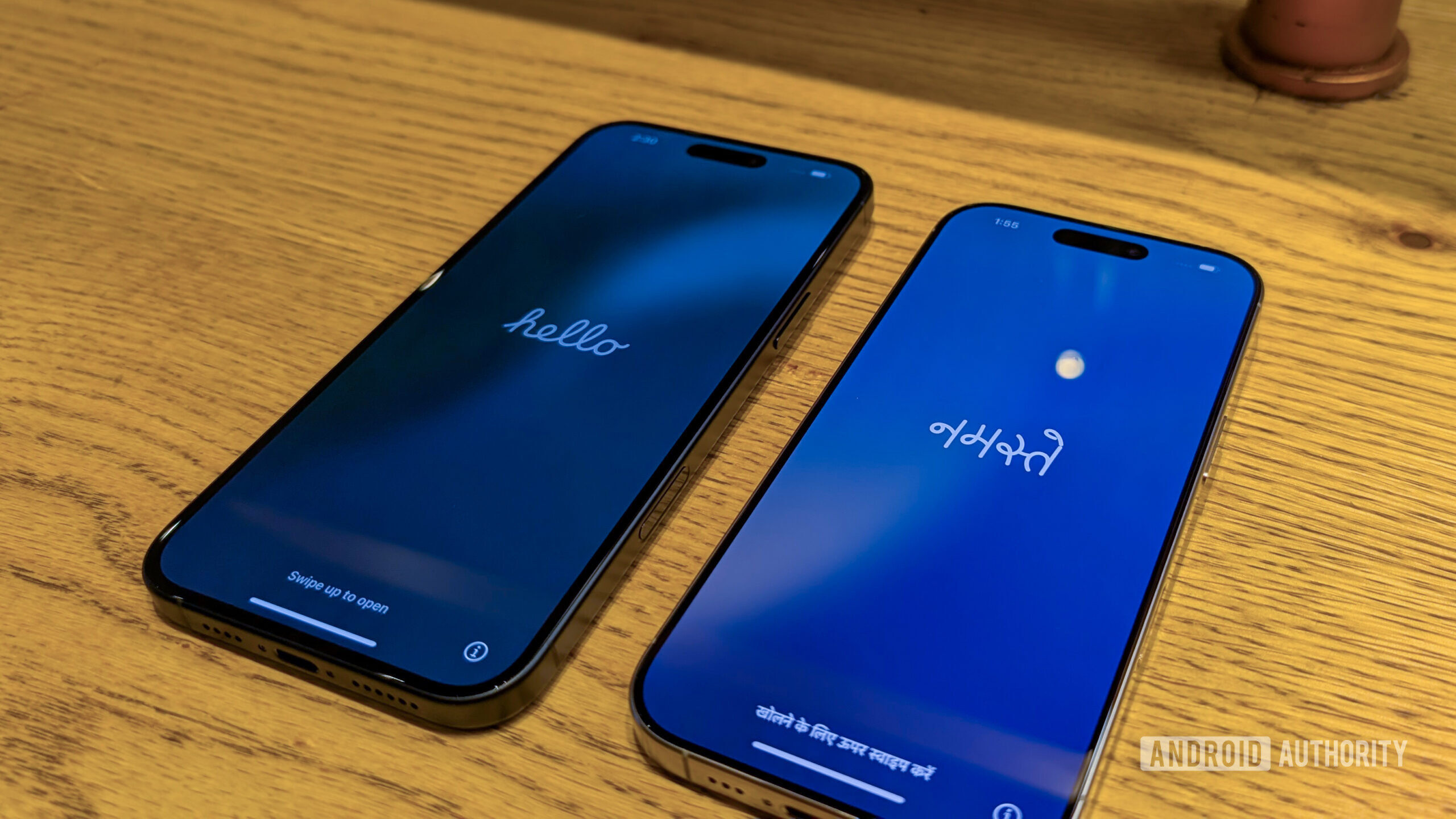
Apple also does not disclose wired charging numbers for the iPhone. However, certification data suggests that all four phones in the iPhone 16 series support up to 45W fast charging. That is a big jump from their respective predecessors, as the iPhone 15 charged at a maximum of 20W while the iPhone 15 Pro Max went up to ~29W. Note that certification data is for the maximum possible charging speed, and Apple could place restrictions at the software level for better thermal and battery management. It’s also not clear what fast charging protocol the iPhone 16 series supports.
Apple does provide details on wireless charging. The iPhone 16 series supports Qi wireless charging up to 7.5W, Qi2 wireless charging up to 15W, and MagSafe wireless charging up to 25W.
Note that the iPhone 16 box does not include a charger. Apple has not provided a charger in the box for some years now, and the iPhone 16 series follows the trend. You will have to buy a compatible fast charger separately.
Software and updates
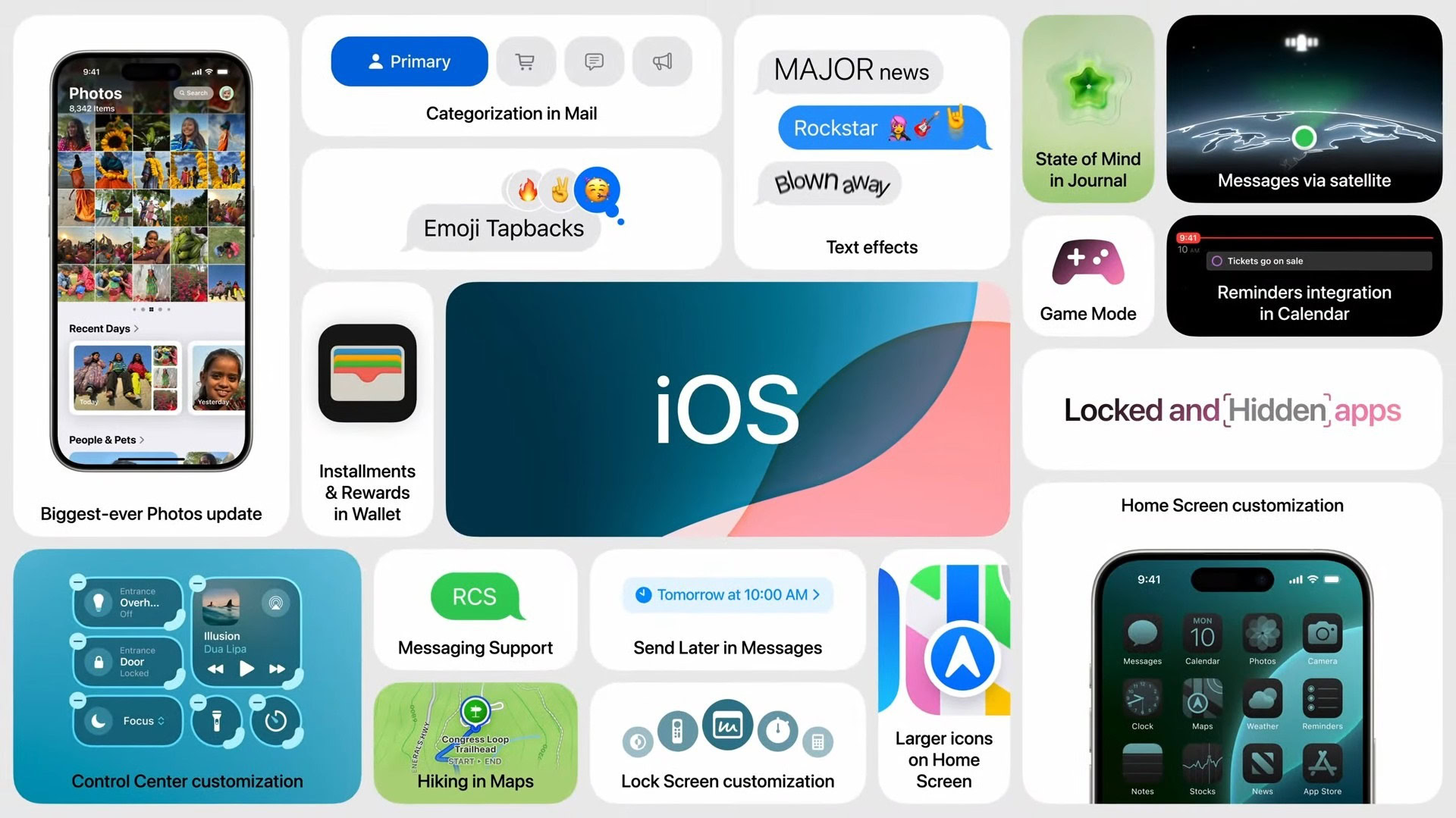
The iPhone 16 series launches with the latest iOS 18, which brings many new features. However, some of the biggest changes to iOS 18 come from Apple Intelligence features, which will gradually roll out through iOS 18.1, iOS 18.2, and beyond. These phones are built for Apple Intelligence, yet they do not launch with those features.
Apple Intelligence is Apple’s AI suite of features. It uses Apple-built generative models on top of Apple silicon to perform various AI tasks. These tasks include creating images, taking actions across apps, and drawing from personal context to simplify everyday tasks.
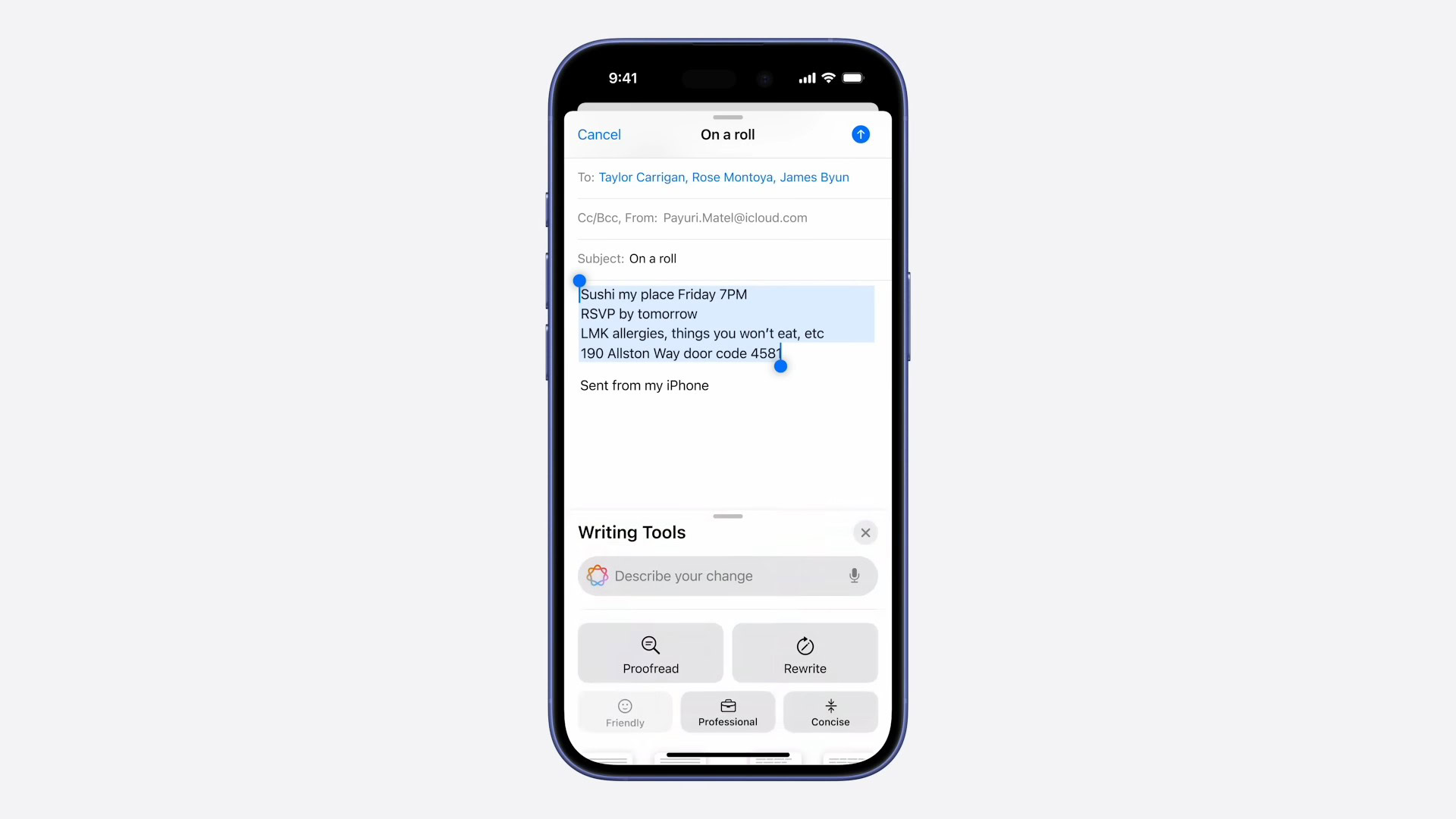
For example, Apple Intelligence has a new feature called Writing Tools that lets users rewrite, proofread, and summarize text systemwide. Apple Intelligence also summarizes notifications and surfaces time-sensitive messages with Priority Messages in Mail.
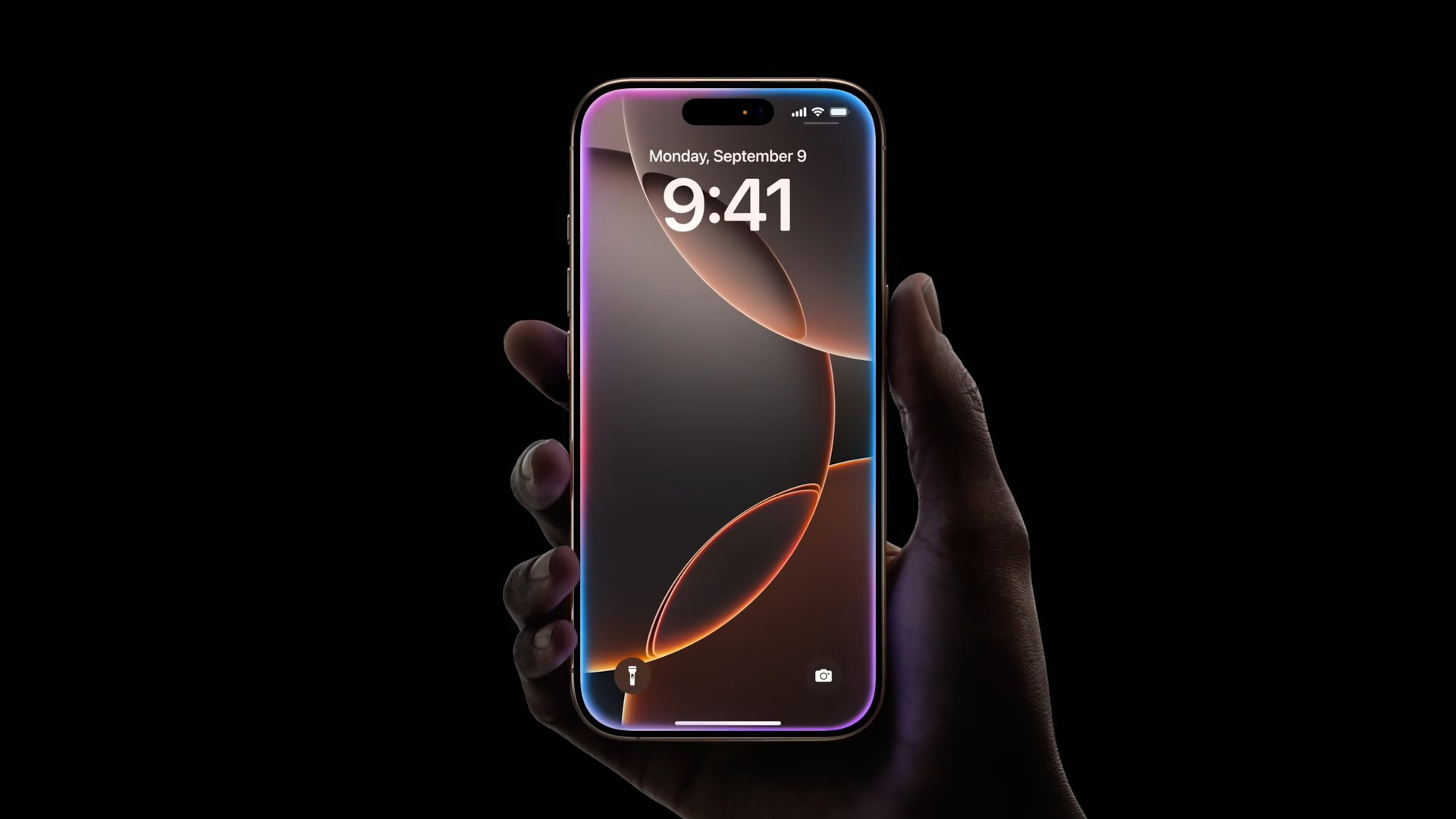
Even Siri has become more natural, flexible, and deeply integrated into the iOS system, but sadly, it doesn’t come out of the box.
Apple also makes no promises about the number of updates the iPhone 16 will receive, nor does it comment on their frequency or timeliness. However, the company has an excellent record of delivering updates to its lineup of supported iPhones for many years, so you can bank on the iPhone 16 getting updated and supported for a long time, with updates reaching very quickly even as the phone ages.
FAQ
No, the iPhone 16 series does not have microSD card slots. This is something iPhones have never had.
The iPhone 16 series sold in the US does not have a SIM slot. It comes in an eSIM-only configuration. iPhone 16 models sold in most regions outside of the US come with a nano-SIM slot.
Yes, the iPhone 16 series supports dual-SIM through the use of eSIMs in many regions.
No, the iPhone 16 series does not have a headphone jack. You can use USB-C wired earphones, Apple’s AirPods, or other third-party Bluetooth earbuds.
No, the iPhone 16 series is not waterproof, but it is water resistant with an IP68 rating. The iPhone 16 series can survive freshwater immersion up to 6m for up to 30 minutes. However, water resistance deteriorates over time, and is not rated for saltwater. We recommend keeping your iPhone mostly dry and especially keeping it away from saltwater like the sea.




